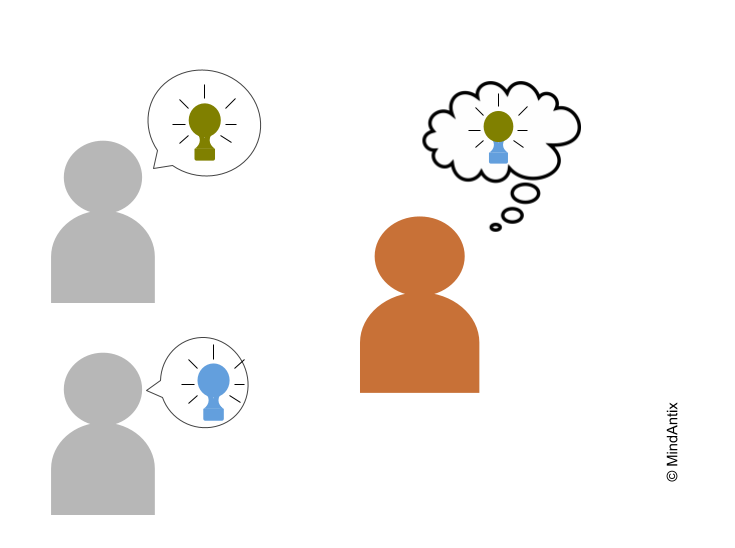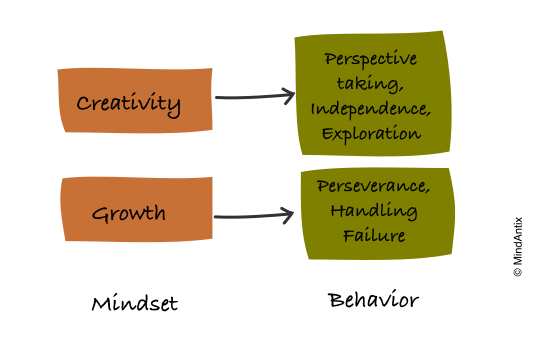Indra Nooyi, the former CEO of PepsiCo., took over the reins of the company in 2006. During the twelve years of her tenure, Pepsi’s revenue grew over 80%, cementing her reputation as a highly successful CEO. Nooyi led with a “Performance with a Purpose” strategy and drove a shift towards healthier food options to reduce obesity rates. But it was not just her strategic insights that made her a great leader, her humility played an equally big role.
Among the more unconventional things she did as a leader was writing personal letters to the parents of her senior executives, thanking them for the “gift” of their children to the company. She got the idea when she became a CEO and saw people complimenting her mother on “doing a good job with her daughter”. It made her realize that parents often don’t get acknowledged for the success of their children. The letters, which ran into several hundred a year, honored the parents and cemented a stronger bond between employees and the company.
What is Humility?
Humility is defined as a “relatively stable trait that is grounded in a self-view that something greater than the self exists.” It’s easy to see Nooyi’s humility in this context. She didn’t pat herself on the back, but deeply appreciated the contributions of her employees and their families, for the company’s success.
In practice, this view that something greater than self exists, translates to three factors that define the conceptual core of humility:
- Accurate Self Awareness: Humble leaders have a realistic view of themselves and are more willing to accept their limitations. As a result, they do not have a strong need to dominate over others.
- Appreciation of Others: Humble leaders acknowledge and appreciate other people’s strengths and views.
- Openness to Feedback: Humble leaders are more open-minded and willing to learn from others. They can take critical feedback and use that to improve their leadership style.
Role of Humility in Creative Leadership
While humility is a healthy trait in itself, it is key in leadership roles where innovation is important. Research shows that “as individuals get promoted into leadership positions, they gain power and this power has some debilitating effects on the idea-generating process.” In particular, when people gain power they listen less carefully, are less open to others perspectives, and have less ability to handle complexity.
In other words, when leaders lack humility, they are more likely to brush off someone’s idea quickly without exploring its full potential. Creative ideas emerge from integrating multiple perspectives, which requires a humble mindset (willingness to listen) and a cognitive aspect (to create new internal mental models). Without humility, it is hard to build on each others’ ideas that lead to groundbreaking innovation.
Strategies to Build More Humility and Creativity
Humility is a prerequisite to being a more creative leader. Without humility it is hard to synthesize new ideas from multiple different perspectives. Here are three strategies that can help you build more humility and lead to more innovation from your team or organization.
- Pause before rejecting an idea: Imagine one of your reports comes to you with an idea. As soon as you hear the idea, you spot the flaws in the idea and your first impulse is to quickly dismiss it. Instead of rejecting the idea right away, pause and start digging deeper with a genuine goal to understand the intent behind the idea. Explore ways in which the flaws can be removed while retaining the positive elements. If this exploration leads to something meaningful, make a mental note about it. Over time, you might notice several instances that led to better ideas which will help build more appreciation for others’ ideas.
- Let others lead in group meetings: When someone raises a problem in a group meeting, it can be tempting as a leader to quickly jump into providing a solution. Instead, make a norm where you open up the problem and invite solutions from others before sharing your own. Only when you see you have a perspective or an idea that is different from what’s been suggested before, share it with the group. Every time you see “your” idea proposed by someone else or an even better idea from the group, make a mental note about it. This can help build self-awareness of your abilities and limitations.
- Steer conversations towards co-creation: Very often, in group meetings, people focus more on picking one idea vs. another. However, the most innovative ideas come from the merging of different concepts and perspectives. As a leader, focus on ideas that have merit and guide your team to synthesizing a more innovative idea by combining multiple good ones. This exercise can help build complex problem solving skills.


